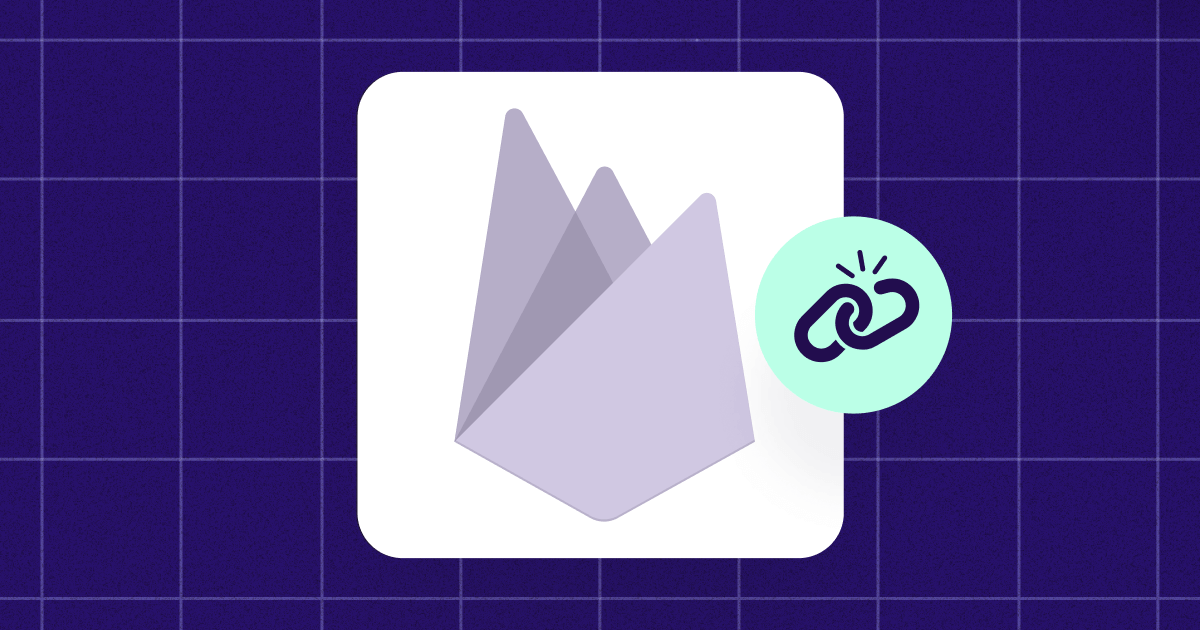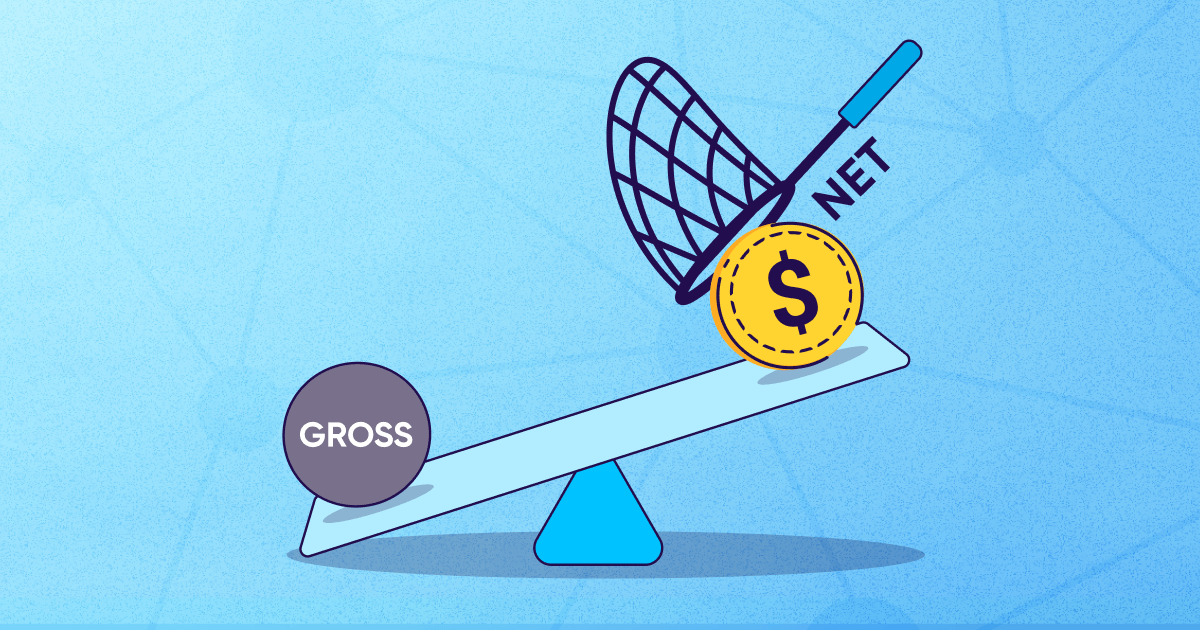
Self-serve DSP

A self-serve demand-side platform (DSP) is one way advertisers manage their data exchange accounts and multiple ad exchange accounts through a single interface. A self-serve DSP gives advertisers complete control over the ad buying process, from selecting inventory to targeting and campaign management.
What is a self-serve DSP?
DSPs are an effective marketing automation tool because they enable advertisers to buy high-quality impressions at scale with minimal friction.
Unlike its white-label counterpart, a self-serve platform is an easier and cheaper way for advertisers to start buying ad impressions programmatically. This is because a self-serve DSP is a platform advertisers sign up for, which rids them of third parties managing their ad campaigns.
Instead, with a self-service model, advertisers can optimize campaigns and trade ads on their own. They simply sign up for the self-serve DSP that’s best for their needs, adjust the platform’s settings appropriately, upload the ad creative — and BAM, they’re ready to launch!
Two benefits of a self-serve DSP
While DSPs, in general, provide many benefits to advertisers in the programmatic ecosystem, there are two main benefits for opting for the self-serve version of demand-side platforms specifically:
- No third parties. A self-serve DSP allows advertisers to take complete control over and have total transparency into their ad campaigns. This demand-side platform eliminates third-party professionals, leaving ownership of all intellectual property in the hands of the advertiser.
- More ad server options. Advertisers have more audience reach and options for how and where to serve their creative with a self-serve platform. The latter allows advertisers to connect to their list supply sources and ad servers offered by the DSP provider they’ve signed up with.
When to choose a self-serve DSP?
Before selecting a self-serve DSP, you need to understand your unique ad needs first. Self-serve DSPs offer proprietorship, giving advertisers extensive freedom in the highly competitive digital marketplace. And the more freedom an advertiser has, the better their chances are of winning those programmatic bids.

But beyond the fact that self-serve gives advertisers complete control over their campaign performance, how do you know if a self-serve is the right choice for you?
Here are two crucial factors to consider before selecting a self-serve platform:
- Programmatic but with a small marketing team. Are you already involved with programmatic advertising but have a small marketing / ad team? If this sounds like you, then you already have people in-house going programmatic.
Therefore, configuring settings to take full advantage of budget, targeting, and other built-in functions a self-serve DSP offers should seem like an obvious choice. Basically, the proprietorship is still yours, but you have help in the form of a premade platform. So for midsize agencies or midsize ad needs, this is an excellent option.
- Budget restraints. Again, if your ad needs are larger and your budget is smaller, a self-serve is the way to go.
Simply put, if you are serving and or assisting yourself, you won’t be charged unless assistance outside (full) service is needed.
This helps maintain your overall ad budget and remain an active participant in the programmatic advertising ecosystem, while also allowing you the opportunity to exercise more control than a full-service DSP would.
What’s right for you: Self-serve, full-service, or white-label DSP?
Perhaps you know it’s time to join the programmatic ecosystem, but a self-serve DSP doesn’t sound like what you need. And with so many options out there, picking the right demand-side platform seems like a daunting task.
However, once you understand what each platform offers, finding the right one for your needs will become a less daunting task.
Full-service DSP
This type of demand-side platform acts as an agency would. Usually, a full-service DSP comes with an account manager and an external team that controls your ad campaign from beginning to end.
Opting for this type of DSP can be more expensive and offers the advertiser less control and flexibility over the execution of their ad campaign. However, at the same time, it’s an incredibly convenient option for those with smaller marketing teams trying to keep up with the programmatic ecosystem.
White-label DSP
A white-label DSP is a platform you purchase — not one you sign up for. In its essence, it’s a blank canvas for advertisers that is both ready to use and entirely customizable for specific needs.
For example, with a white-label DSP, advertisers can design their own programmatic algorithms for ad placements, and can integrate a white label with as many ad exchanges and supply-side platforms (SSPs) as they’d want to.
A white-label DSP is perfect for larger ad agencies with bigger budgets and considerable advertising needs. It offers the proprietorship of self-serve but even more options for customizing ad campaigns.
Key takeaways
The advantages of opting for a self-serve DSP are evident and developing as fast as the programmatic ecosystem itself. However, there is no need to feel overwhelmed.
Here’s everything you need to remember about self-serve demand-side platforms:
- A self-serve DSP is a platform you sign up for that gives advertisers complete control over the ad buying process, from selecting inventory to targeting and campaign management.
- Opting for this type of demand-side platform has two significant benefits: it gives advertisers complete control over their ad campaigns, and provides a more extensive audience reach and segments.
- Small to midsize agencies with small to midsize budgets, or advertisers with small or midsize needs — would benefit most from self-serve DSPs.
- Other DSPs to consider are full-service DSPs — which act like ad agencies, and white-label DSPs that are completely customizable and more suitable for significant ad needs and budgets.



